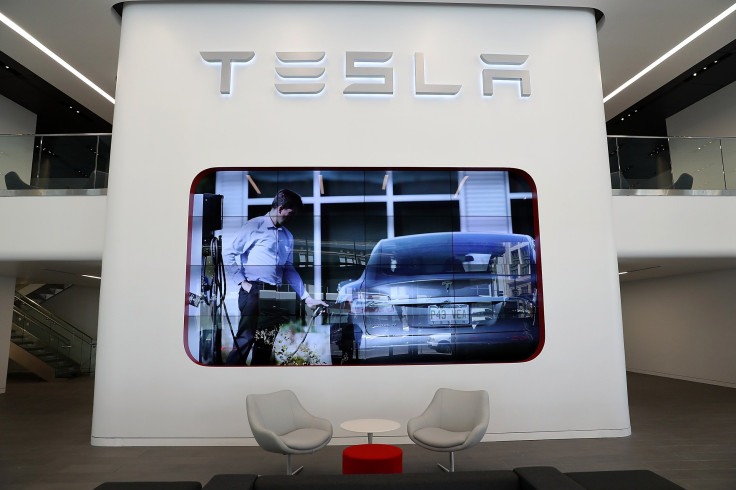Tesla’s Shares Drop 5% Following CFO’s Exit

Electric car maker Tesla, gloating over a fourth-quarter profit had an unexpected jolt when its shares slid almost 5 percent on Wednesday after CEO Elon Musk declared that its long-serving Chief Financial Officer Deepak Ahuja is retiring.
The show stopper announcement that came after releasing the earnings report of fourth quarter led to an anti-climax on Tesla stock.
In the regular session, Tesla's shares had a high of 3.8 percent, but the night trading pulled them down by 4.8 percent.
According to Musk, the new incumbent in the CFO chair will be Zach Kirkhorn who is currently functioning as the vice president of finance.
Musk said Ahuja will continue to serve Tesla for a few more months and will be a senior adviser for years to come. Ahuja joined Tesla as CFO in July 2008 and was part of the company when it went public in 2010.
Tesla’s Q4 results were weaker than expected at the profit front.
In Q4, for the three months that ended on December 21, the electric carmaker made a net profit of $139.5 million at $1.93 earnings per share. This looked unexciting when compared with the third quarter profit of $311.5 million.
The silver lining is that Tesla managed to expand revenue to $7.23 billion, and exceeded analysts’ estimates of $7.08 billion.
Below is a look at what Tesla earned in Q4 and what Wall Street expected:
- Revenue: $7.23 billion vs $7.08 billion, under estimates compiled by Refinitiv
- Adjusted EPS: $1.93 vs $2.20, according to Refinitiv target
Factors that injured earnings
“Last year was definitely the most challenging year in Tesla history, but also the most successful,” Musk told analysts on a conference call.
The main constraints of the fourth-quarter earnings included falling revenue from the sale of regulatory credits and high import duties on components brought from China.
The lower price realization on the Model S and Model X in China was another barrier, plus the low-priced version of the Model 3 added to the pressure.
Tesla is trying to reassure investors that its cash position is comfortable and has improved by $1.45 billion. This is despite incurring an expenditure of $230 million for convertible bonds repayment in the quarter.
However, Tesla can take credit for managing a profit in the fourth quarter since it listed in 2010. This is the first time back-to-back profitable quarters are gracing the car maker.
For 2019, Tesla is aiming for higher revenues with lofty targets on production and delivery. The goal will be to deliver 360,000 to 400,000 vehicles that are 45 to 65 percent above the deliveries achieved in 2018. Musk is hoping Tesla will achieve delivery growth of 50 percent in 2019 even if a recession strikes.
Analysts’ say 2019 outlook will decide the rally
Analysts at Wall Street see the fourth-quarter profit as a non-event and their primacy is more on what Tesla will be doing for 2019, more importantly, the first quarter. This is apparent in the note of Deutsche Bank analysts.
According to them, share declines in the immediate past had augmented concerns over Tesla’s demand and margin outlook.
The recipe to strengthen Tesla stock also comes from the analysts. In the note, they added, “we believe the bar has been somewhat lowered, and if Tesla issues 2019 guidance in-line with Street expectations for ~400k vehicle deliveries and 23-24% gross margin, there could be some relief rally.”
© Copyright IBTimes 2025. All rights reserved.





















